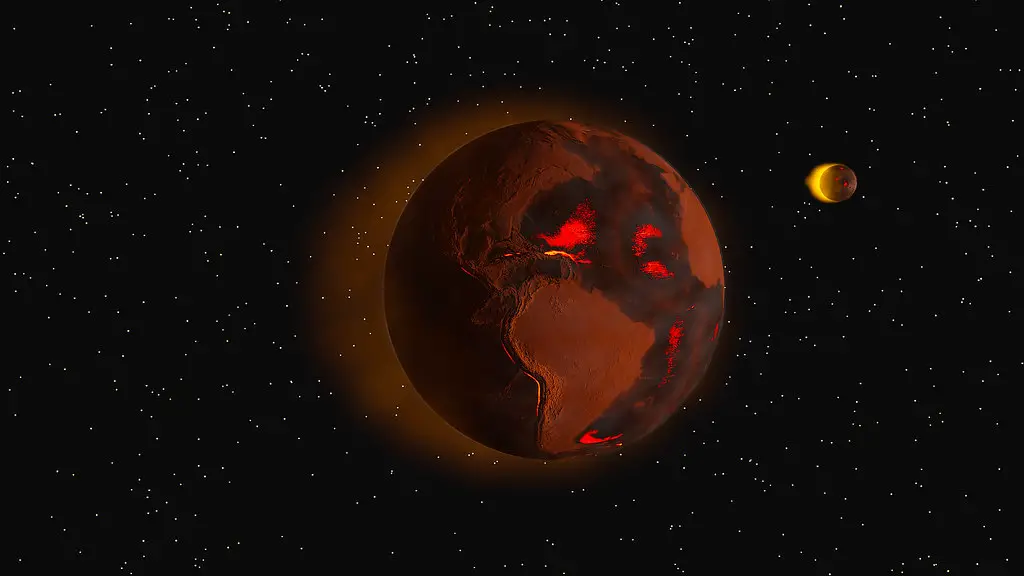The Sun is a 4.49 billion-year-old small yellow star – a sticky gleaming wad of hydrogen and helium – at the focal point of our planetary group. It’s around 93 million miles (151 million kilometers) from Earth, and it’s our planetary group’s just star. Without the Sun’s energy, life couldn’t exist on our home planet as we may be concerned.
From Earth, the Sun looks like a constant wellspring of light and hotness in the sky. In any case, the Sun is a powerful star, continually changing and sending energy out into space. The study of concentrating on the Sun and its impact through the planetary group is called heliophysics.
Even though the Sun is the focal point of our planetary group and vital for our endurance, it’s just an average star as far as its size. Leads up to multiple times more significant have been found. What’s more, numerous nearby planet groups have more than one star. By concentrating on our Sun, researchers can all the more likely comprehend the operations of far-off stars.
Life on Sun
The Sun couldn’t hold onto life as far as we might be concerned due to its excessive temperatures and radiation. However, life on Earth is conceivable due to the Sun’s light and energy. Unfortunately, the outer layer of the Sun has a temperature of 11000°F, which is unbearable for human life.
What Is the Future Of the Sun?
In around 5 billion years, the Sun will start the helium-consuming interaction, transforming into a red goliath star. Its external layers will burn through Mercury and Venus and arrive at Earth when it grows. Researchers are as yet discussing whether or not our planet will be immersed, or regardless of whether it will circle hazardously near the dimmer star. In any case, life as far as we might be concerned on Earth will stop existing.
The changing Sun might give desire to different planets, notwithstanding. When stars transform into red monsters, they change the tenable zones of their framework. The secure zone is the district where liquid water can exist, believed by most researchers to be the region ready for life to advance. Since a star stays a red monster for around a billion years, life could emerge on bodies in the external nearby planet group, which will be nearer to the Sun.
The open door may be open momentarily, in any case. At the point when the Sun and other more modest stars recoil down to a little white person, the nurturing light will scatter. Furthermore, supernovae from more giant stars could introduce other livability issues. A comparative destiny might anticipate the inner planets in our planetary group when the Sun turns into a red goliath and extends that total distance to Earth’s circle about five billion years from now.
Size of Sun In Future
Around 7.61 a long time from now, the Sun will arrive at its most extraordinary size as a red monster: its surface will stretch out past Earth’s circle today by 21% and will sparkle multiple times more splendidly. Then, finally, the Sun will implode into a little white person in its last stage.
Is it burning out?
It might sound like a cliché, but it’s true: The sun is going to die someday. The question, however, is not how or when it’ll go out—but whether it will even notice in time to adjust its schedule. As stars age, they become red giants and expand outwards until they swallow up any planets that may be nearby (like Earth). Eventually, all that remains of these once-mighty bodies are white dwarfs and black holes. While scientists aren’t sure exactly what caused our sun to ignite billions of years ago, they know one thing for certain: That fiery ball of gas isn’t eternal. Eventually it will burn itself out and leave us in darkness.
![]()
